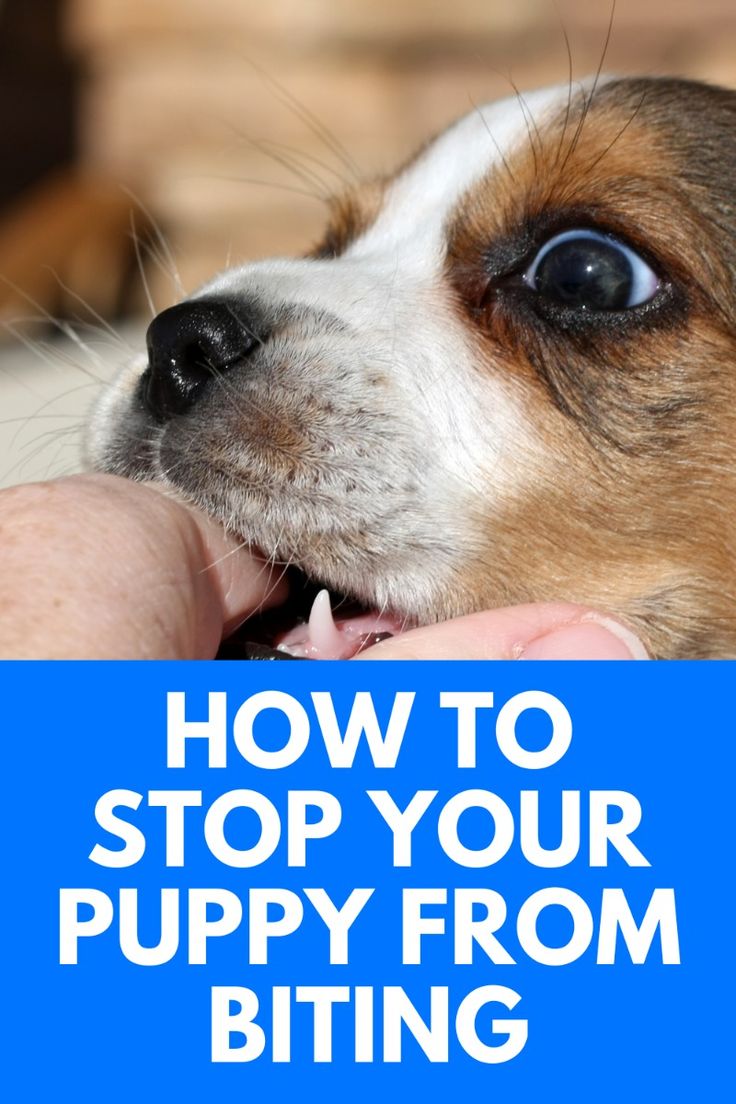CARING WITH FAMILY
|
| The degree of affection a dog breed displays towards family and acquaintances can differ significantly. Some breeds maintain a distant demeanor showing warmth and loyalty predominantly to their owners. In contrast other breeds are much more gregarious, treating familiar faces as if they were their closest confidants. |
LOVE WITH CHILDREN
Unwise
Good With Children
|
| The patience and tolerance a breed exhibits towards children's actions along with its general suitability for family life can vary widely. Regardless of a dog's breed it is crucial to always supervise interactions between dogs and young children or any child who is not accustomed to being around dogs. |
BEHAVIOR WITH DOGS
Unwise
Good With Other Dogs
|
| A breed's inherent disposition toward other dogs can range from social and welcoming to more reserved or cautious. While supervision is essential during introductions and interactions with other dogs it's noteworthy that some breeds have a natural propensity for camaraderie with their canine counterparts whether in the home environment or in communal settings. |
SHEDDING LEVELS & MANAGEMENT
No Shedding
Hair Everywhere
|
| The amount of shedding you can anticipate from a breed can significantly affect grooming commitments and household cleaning routines. Breeds known for heavy shedding will require regular brushing to manage loose fur, may exacerbate certain allergies and can necessitate more frequent vacuuming and use of lint rollers to keep living spaces clean. |
COAT GROOMING STANDARDS
|
| The grooming demands of a dog breed, encompassing bathing, brushing and trimming can vary extensively. When selecting a breed consider the time, patience and financial resources you can dedicate to maintaining your dog’s coat. High-maintenance breeds may require professional grooming sessions in addition to home care. Keep in mind that irrespective of the breed all dogs will need their nails trimmed regularly to ensure their comfort and health. |
DROOLING INTENSITY
Less Likely to Drool
Always Have a Towel
|
| The propensity for drooling varies greatly among dog breeds. If you prefer a tidy environment and are concerned about cleanliness, selecting a dog that is less likely to dribble copiously might be advisable. Breeds that are notorious for leaving trails of saliva on skin or clothing could be challenging for someone with a penchant for neatness. |
COAT STYLES GUIDE |
| Smooth |
| COAT SPECTRUM |
| Short |
FRIENDLINESS
Reserved
Everyone Is My Best Friend
|
| A breed's natural inclination to interact with strangers can range from standoffish or vigilant to overtly friendly and approachable. Certain breeds may display a consistent wariness or restraint around unfamiliar people regardless of the setting. On the other hand some breeds exhibit exuberant friendliness eagerly greeting new humans as though each introduction is a fortuitous encounter. When choosing a breed consider how important a dog’s social demeanor with strangers is to your lifestyle and preferences. |
LIVELINESS
Only When You Want To Play
Non-Stop
|
| A breed's proclivity for playfulness can persist well beyond their puppy years or may diminish as they grow older. Some breeds retain a youthful zeal for games like tug-of-war or fetch throughout their adulthood sustaining a high level of energy and engagement. Conversely, other breeds may exhibit a more laid-back attitude often content to lounge and relax by your side. When considering a dog, think about the balance you prefer between an active playmate and a calm companion. |
VIGILANCE INTENSITY
What's Mine Is Yours
Vigilant
|
| A breed's inclination to alert their owners about the presence of strangers embodies an instinctive guarding behavior with certain breeds being more reactive to perceived threats from postal workers to passing wildlife. Dogs with strong watchdog traits will vocalize to signal unfamiliar activity but they can also discern and adapt to strangers who are welcomed into the home by their family members often becoming more amenable once they sense their owners' acceptance of the visitors. |
ADAPTATION CAPACITY
Lives For Routine
Highly Adaptable
|
| A breed's inclination to alert their owners about the presence of strangers embodies an instinctive guarding behavior with certain breeds being more reactive to perceived threats from postal workers to passing wildlife. Dogs with strong watchdog traits will vocalize to signal unfamiliar activity but they can also discern and adapt to strangers who are welcomed into the home by their family members often becoming more amenable once they sense their owners' acceptance of the visitors. |
OBEDIENCE LEVEL
Self-Willed
Eager to Please
|
| Training your dog might come with ease and their readiness to pick up new tricks could surprise you. Certain breeds are naturally inclined to please their owners whereas some march to the beat of their own drum displaying their independence anytime and anywhere. |
STAMINA LEVEL
|
| The demand for physical activity and mental challenges varies by dog breed. Breeds that brim with energy look forward to dynamic activities and will remain active with running and playing all day long. Breeds on the more sedate end of the spectrum prefer a leisurely lifestyle happy to sprawl out and nap at their leisure. |
VOCALIZATION
|
| Infrequent |
LEARNING CURIOSITY LEVEL
Happy to Lounge
Needs a Job or Activity
|
| The level of mental exercise a breed demands to feel fulfilled and be healthy can differ greatly. Dogs with a working heritage may need tasks involving critical thinking, troubleshooting and sustained attention. Absent these cognitive challenges they'll find alternative ways to occupy their minds and such 'projects' might not be conducive to a peaceful household. |
| COLORS |
|
Description
|
Registration Code
|
|
White
|
199
|
|
| PATTERNS |
|
Description
|
Registration Code
|
|
Black Markings
|
002
|
|
Brindle Markings
|
007
|
|
Tan Markings
|
012
|
|
Brown Markings
|
022
|
|
Red Markings
|
023
|
|






























FRIENDLINESS
LIVELINESS
VIGILANCE INTENSITY
ADAPTATION CAPACITY